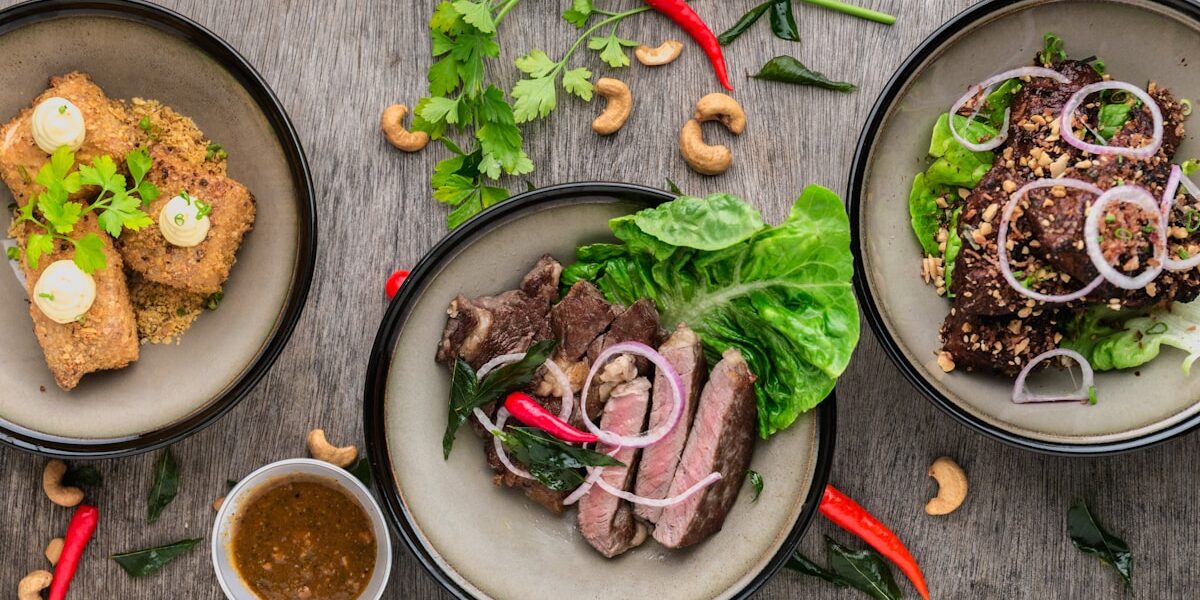Wines and Cheese
Wines and Cheese
Exploring the world of wines and cheese can be an enchanting experience. Both items have deep cultural roots and a rich history. This guide will help you understand various types of wines and cheeses, how to pair them, and why they complement each other so well.
Types of Wine
Wines are typically classified into five major categories: red, white, rosé, sparkling, and fortified. Each type offers a distinct taste and aroma, making them suitable for various meals and occasions.
Red Wine
Red wines are made from dark-colored grape varieties. They come in a range of flavors, from dry to sweet, and typically have strong tannins and rich texture.
- Cabernet Sauvignon: Known for its bold flavors and high tannin content.
- Merlot: Softer and plummier than Cabernet Sauvignon.
- Pinot Noir: Light-bodied with softer tannins, often fruit-forward.
White Wine
White wines are usually made from green grapes. They are known for their light, crisp, and refreshing taste.
- Chardonnay: Varies from creamy and buttery to crisp and citrusy.
- Sauvignon Blanc: Known for its zesty and herbal notes.
Rosé Wine
Rosé wines are made from red grape varieties but have a shorter fermentation period, allowing them to maintain their pink hue. They are usually light and refreshing.
Sparkling Wine
Sparkling wines have bubbles due to the presence of carbon dioxide. They are often seen in celebrations.
- Champagne: A type of sparkling wine, only produced in the Champagne region of France.
- Prosecco: Italian sparkling wine known for its fruity notes.
Fortified Wine
Fortified wines have added spirits, usually brandy. This results in a higher alcohol content.
- Sherry: Comes in several styles, from dry to sweet.
- Port: Typically sweet and rich, often served as a dessert wine.
Types of Cheese
Cheeses are broadly categorized based on their aging process, texture, and the type of milk used. Below are some well-known categories.
Fresh Cheese
These cheeses are not aged and usually have a mild flavor and creamy texture.
- Mozzarella: Commonly used in pizzas and salads.
- Ricotta: Soft and moist, often used in pasta and desserts.
Soft-Ripened Cheese
These cheeses have a soft and creamy interior and a bloomy rind.
- Brie: Known for its rich, buttery flavor.
- Camembert: Similar to Brie but with a stronger taste.
Washed-Rind Cheese
These cheeses are bathed in brine or alcohol during aging, resulting in a strong aroma and flavor.
- Limburger: Known for its pungent smell.
- Munster: Strong in flavor but surprisingly mild in taste.
Blue Cheese
Characterized by blue or green veins, these cheeses are aged with specific types of mold.
- Roquefort: Sheep’s milk cheese with a crumbly texture and sharp taste.
- Gorgonzola: Italian blue cheese, milder than Roquefort.
Hard Cheese
Hard cheeses are aged for a longer period, resulting in a dense and crumbly texture.
- Cheddar: Varies from mild to extra sharp.
- Parmesan: Hard and granular, often grated over dishes.
Pairing Wines and Cheese
The art of pairing wine and cheese is both science and intuition. The goal is to balance and enhance the flavors of both the wine and the cheese. Here are some recommended pairings.
Red Wine Pairings
- Cabernet Sauvignon with aged Cheddar: The bold flavors of the wine complement the tangy sharpness of the cheese.
- Merlot with Gouda: The smooth texture of Merlot matches well with the caramel notes of Gouda.
- Pinot Noir with Brie: The light and fruity notes of Pinot Noir pair well with the creamy texture of Brie.
White Wine Pairings
- Chardonnay with Gruyère: The nutty flavor of Gruyère complements the buttery notes of Chardonnay.
- Sauvignon Blanc with Goat Cheese: The acidity of Sauvignon Blanc cuts through the tanginess of goat cheese.
Rosé Wine Pairings
- Rosé with Feta: The saltiness of Feta pairs well with the refreshing nature of Rosé.
- Rosé with Havarti: The creaminess of Havarti complements the light and fruity notes of Rosé.
Sparkling Wine Pairings
- Champagne with Brie: The effervescence of Champagne matches well with the buttery texture of Brie.
- Prosecco with Ricotta: The light and airy nature of Prosecco pairs well with the mild flavor of Ricotta.
Fortified Wine Pairings
- Sherry with Manchego: The complex flavors of Sherry complement the nutty taste of Manchego.
- Port with Stilton: The sweetness of Port pairs perfectly with the strong flavors of blue Stilton cheese.
Why Wine and Cheese Pair So Well
The chemical compounds in both wine and cheese interact in a way that can enhance the overall tasting experience. Tannins in wine can balance out the fats in cheese, while the acidity can cut through creaminess.
Furthermore, both wine and cheese are products of fermentation. This shared characteristic often results in complementary flavors and aromas.
Regional Pairings
Sometimes the best pairings come from the same region, as local cuisine tends to develop harmonious relationships over time.
- French Wines and Cheese: Pairing Bordeaux with Roquefort or Sancerre with Crottin de Chavignol can offer unique regional experiences.
- Italian Wines and Cheese: A good Barolo with Parmigiano-Reggiano or Chianti with Pecorino can transport you straight to Italy.
- Spanish Wines and Cheese: Rioja pairs beautifully with Manchego, highlighting the flavors of Spain.
Choosing the right wine and cheese pairing can elevate your dining experience. Whether you’re a novice or a connoisseur, experimenting with these combinations can be both enjoyable and educational. Always trust your palate and enjoy the journey through the delicious world of wines and cheeses.
